Perth International Arts Festival 2016
As a not-quite-indefatigable cultural itinerant, my memories of Perth are all of festival time. Usually, my arrival is the signal for the temperature to leap into the mid-forties, imbuing the experience with a patina of sweat and a dose of climatic paranoia. PIAF 2016, artistic director Wendy Martin's first festival, was merciful: I flew in just as a record-breaking heatwave came to an end.
In other ways, expectations of hotness were fully realised. Martin has curated a fascinating program, creating, as all good festival programs do, vibrant and provoking resonances. The opening weekend offered dichotomies between the divine and the human, epic spectacle and intimate personal connection, often in the same show. Aptly for the timbre of the times, the program has a subtext of subversion, which feels increasingly at odds with Chevron's sponsor banners that adorn the city streets. But this jarring is also, perhaps, apt for our times.
Continue reading for only $10 per month. Subscribe and gain full access to Australian Book Review. Already a subscriber? Sign in. If you need assistance, feel free to contact us.



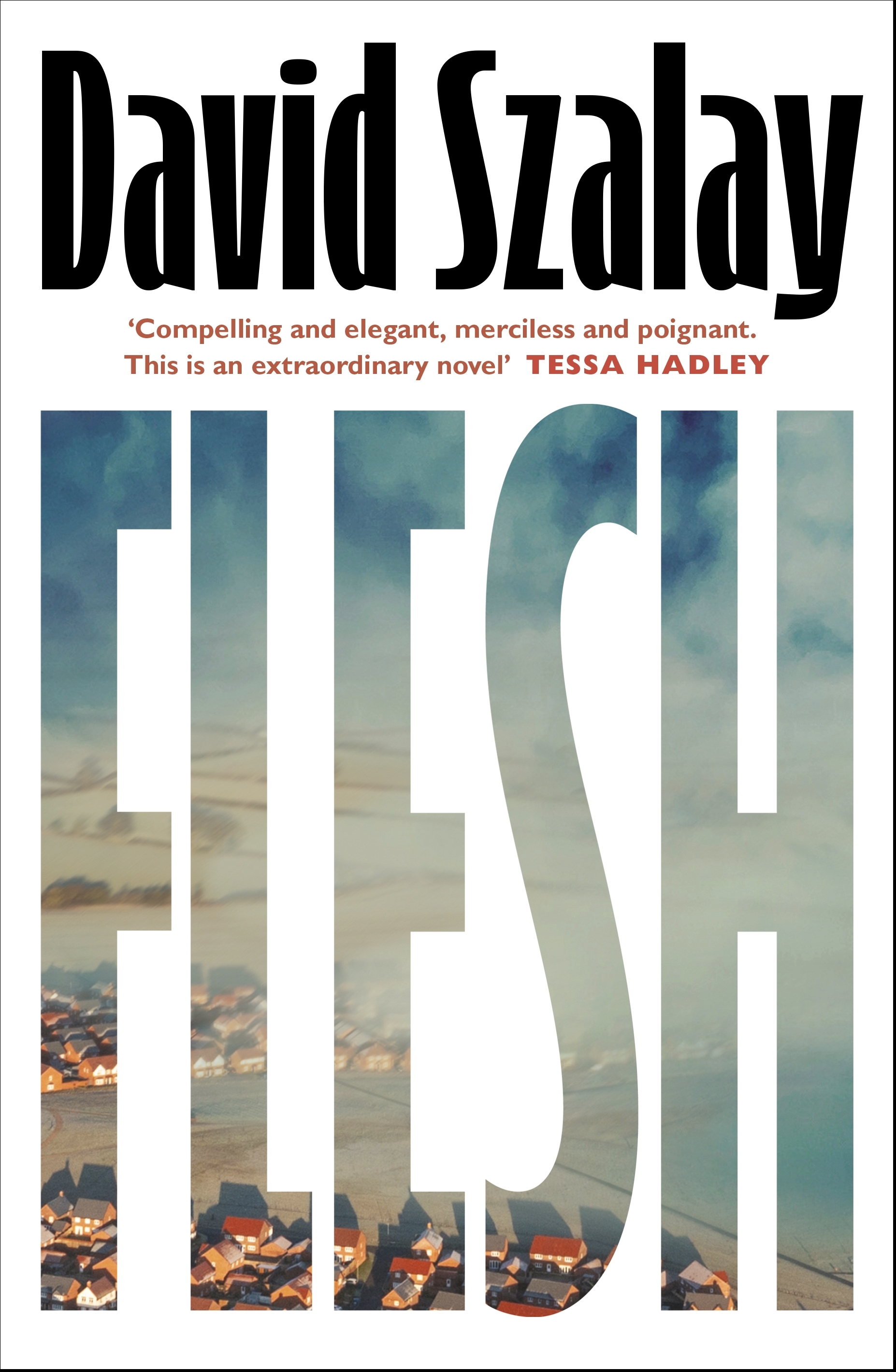
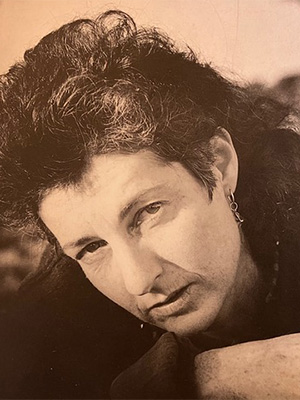
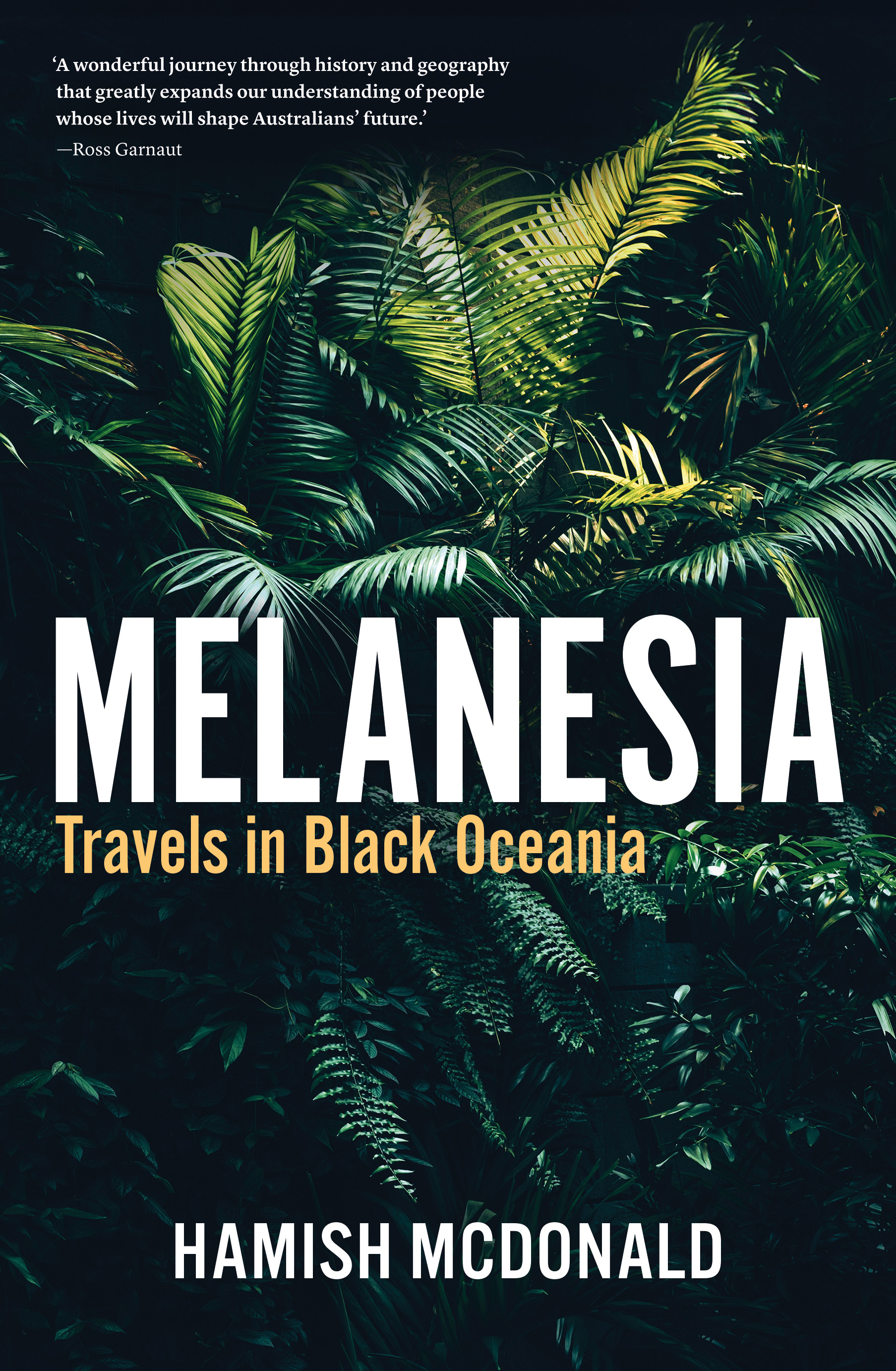
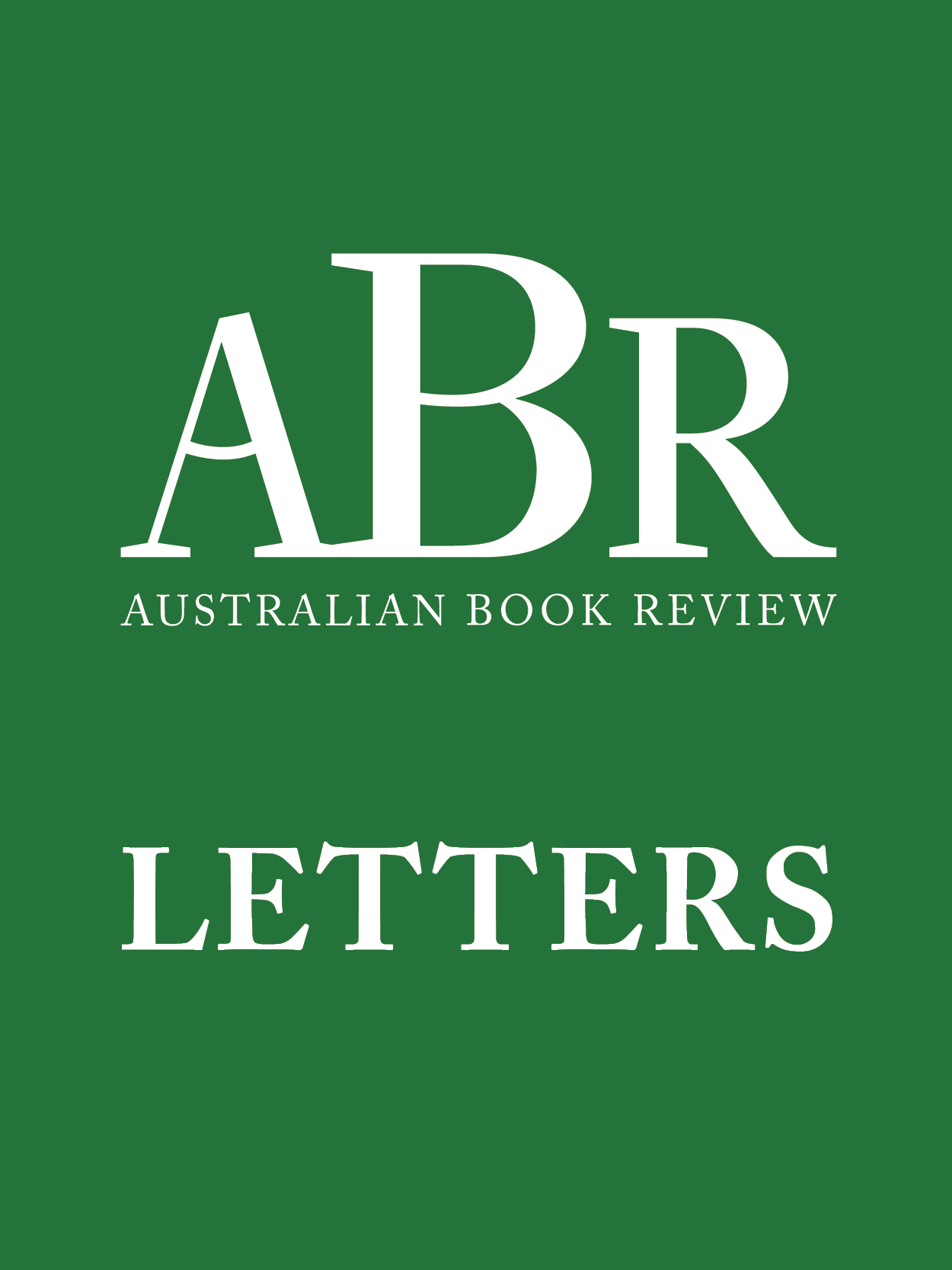
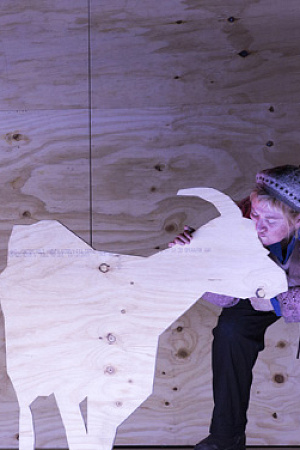
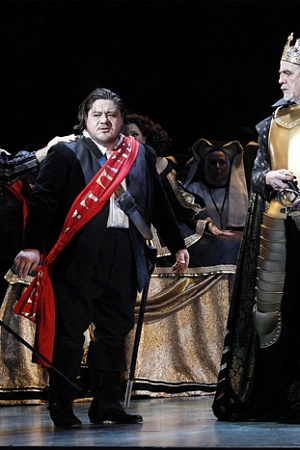
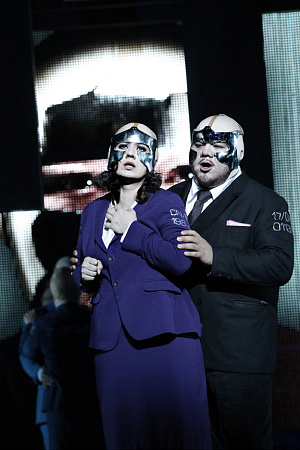

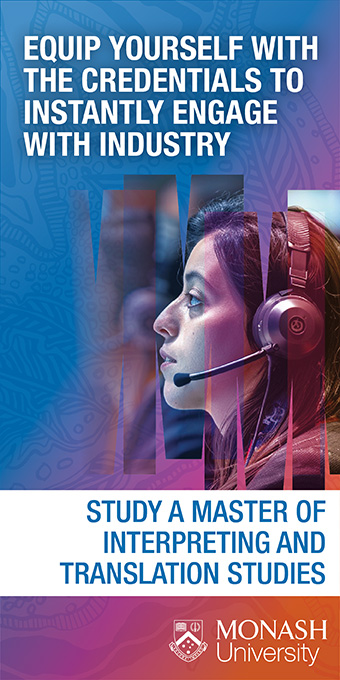

Leave a comment
If you are an ABR subscriber, you will need to sign in to post a comment.
If you have forgotten your sign in details, or if you receive an error message when trying to submit your comment, please email your comment (and the name of the article to which it relates) to ABR Comments. We will review your comment and, subject to approval, we will post it under your name.
Please note that all comments must be approved by ABR and comply with our Terms & Conditions.